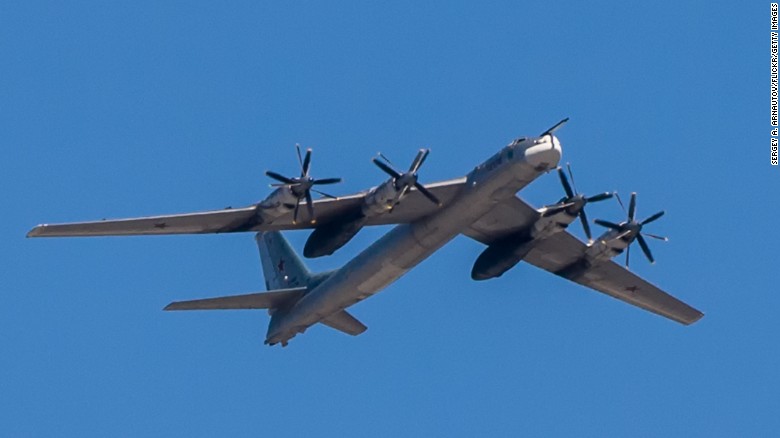U.S. Military Response to Increased Russian Activity Near Alaska
In recent weeks, there has been a significant uptick in Russian military activity near Alaska, prompting a robust response from the United States military. This escalation has raised concerns about national security and the potential for increased tensions in the region.
Deployment of U.S. Forces
On September 18, 2024, the U.S. military announced the deployment of approximately 130 soldiers along with mobile rocket launchers to Shemya Island, part of the Aleutian Islands in Alaska. This move is a direct response to the increased presence of Russian military aircraft and naval vessels in the area. The deployment aims to bolster U.S. defense capabilities and ensure readiness in the face of potential threats.
Details of the Deployment
The soldiers are part of the 1st Battalion, 501st Parachute Infantry Regiment, and their deployment includes advanced radar capabilities to enhance surveillance and response capabilities. The U.S. Air Force facilitated the transport of these troops using a C-17 Globemaster III aircraft, highlighting the military's logistical capabilities in rapidly deploying forces to strategic locations.
Russian Military Movements
The recent military maneuvers by Russia have included the presence of eight military planes and four naval vessels, including two submarines, which have approached U.S. territorial waters. These actions are part of broader military exercises conducted by Russia in conjunction with China, which has also sent vessels into the region. The U.S. Coast Guard reported tracking these Russian naval vessels, indicating a coordinated effort to monitor and respond to foreign military activities near American shores.
Joint Exercises with China
The collaboration between Russia and China has raised alarms, as the two nations conducted joint naval drills that involved 11 military vessels operating near Alaska. This show of force has been described by U.S. officials as unprecedented, prompting a swift military response, including the deployment of four Navy destroyers to the Aleutian Islands.

Strategic Importance of Alaska
Alaska's geographical position makes it a critical area for U.S. national security. The state serves as a frontline defense against potential threats from both Russia and China, particularly in the Arctic region, where military activities have been increasing. The North American Aerospace Defense Command (NORAD) has reported intercepting Russian military aircraft multiple times in recent weeks, further underscoring the heightened military activity in the area.
Historical Context
The current situation is reminiscent of the Cold War era, where military posturing and exercises were common between the U.S. and the Soviet Union. The recent developments indicate a return to such dynamics, with both sides demonstrating military capabilities and readiness to respond to perceived threats.
Political Reactions
The U.S. government's response to these developments has been characterized by a commitment to maintaining a strong military presence in the region. Officials have emphasized the importance of readiness and deterrence in the face of increasing military provocations from Russia and its allies.
Statements from Military Officials
Military leaders have reiterated that the deployment of troops and equipment to Alaska is a necessary step to ensure the safety and security of U.S. interests in the region. They have also highlighted the importance of intelligence gathering and surveillance to monitor Russian activities effectively.

The recent surge in Russian military activity near Alaska has prompted a decisive response from the U.S. military, including the deployment of troops and advanced weaponry to the region. As tensions continue to rise, the situation remains fluid, with both nations closely monitoring each other's movements. The strategic importance of Alaska in the context of U.S. national security cannot be overstated, and the military's readiness to respond to potential threats will be crucial in the coming months.
For more detailed information, you can read the full articles from CBS News, AP News, and The Independent.





